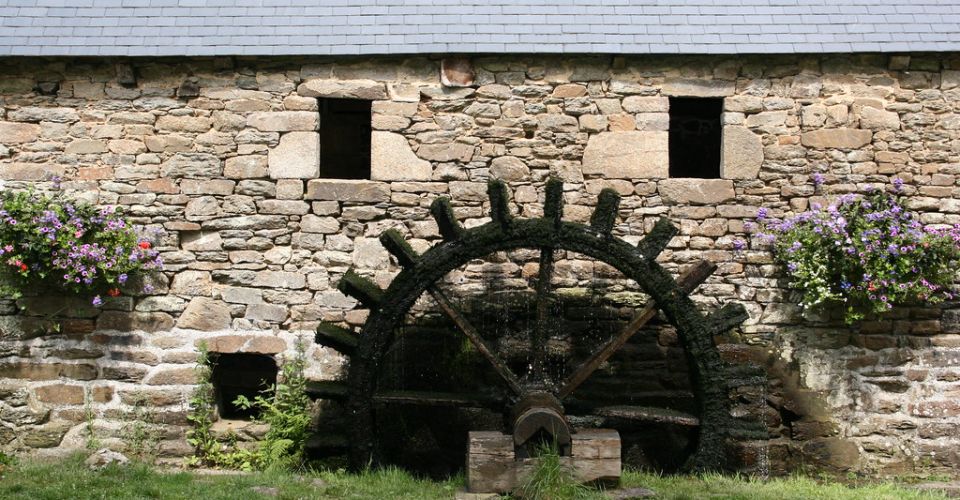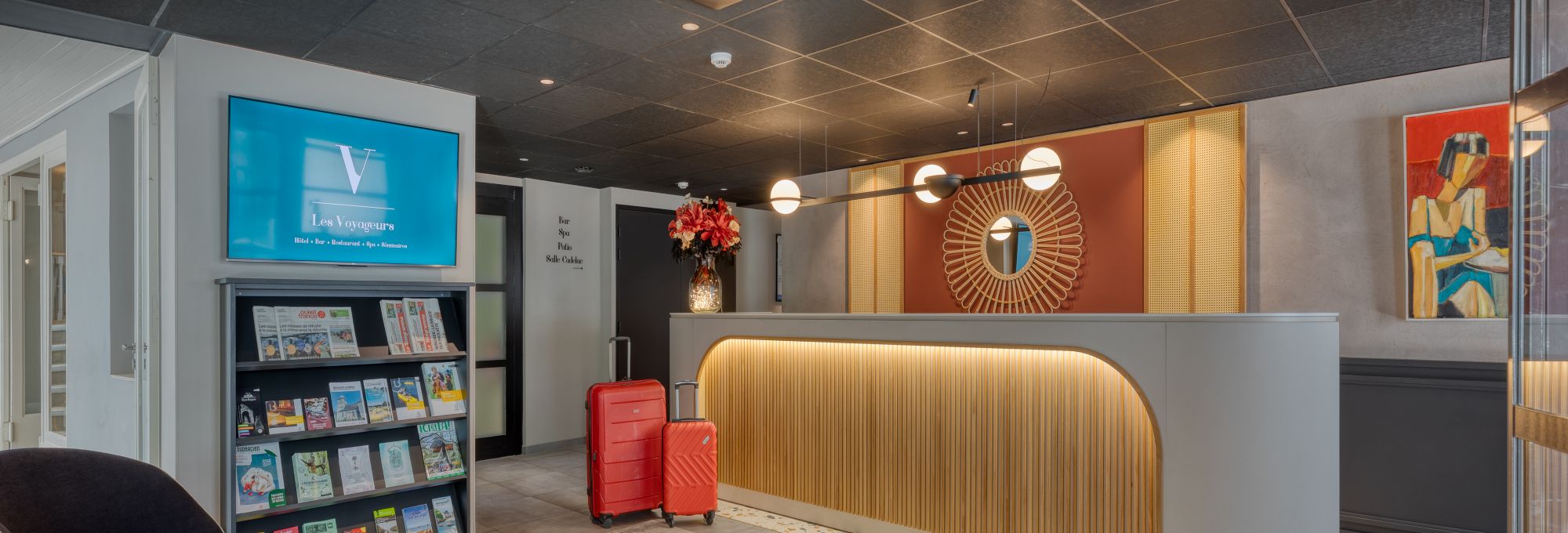Tourism
in Loudeac
Welcome to our hotel in Loudéac! Make the most of your stay in Loudéac to discover all the historical and cultural wealth of Brittany, discover central Brittany and make a lot of memories!
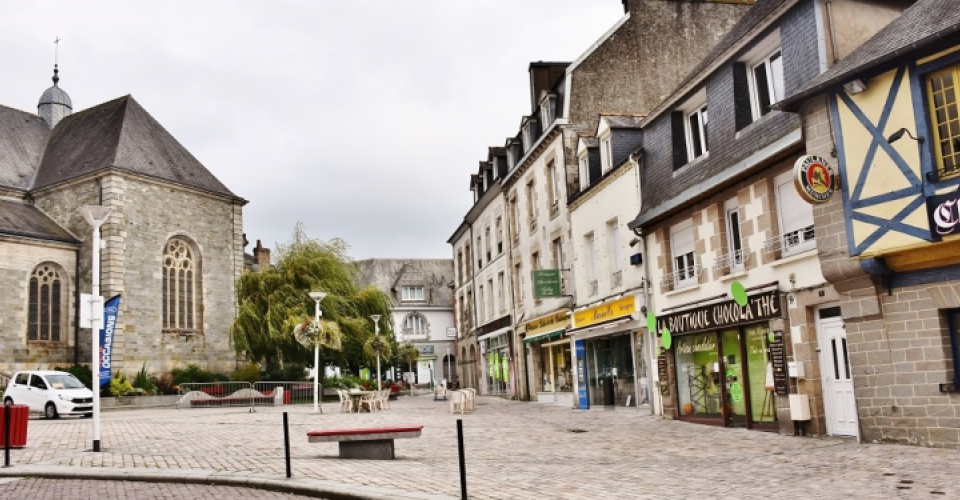
A little bit of history...
Around the middle of the 11th century, the name "Loudéac" is mentioned for the first time in the foundation charter of the priory of Ste Croix de Josselin in the Morbihan.
In 1263 Loudéac was given the title of parish. In the middle of the 16th century, the linen industry appeared in Loudéac. A few years later the first printing works was built by Jean du Gué de l'Isle. At the end of the century a huge battle called "Battle of the Three Crosses" broke out in Loudéac due to the religious war.
At the end of the 18th century, the canton of Loudéac was created. Loudéac is then established as the chief town of the district.
Around 1800 Loudéac became the capital of the district. It was during this period that the cloth industry emerged.
September 21, 1803 was a very important date in the history of Loudéac, when a terrible fire broke out in the Rue de Cadélac, as well as in the Château.
At the beginning of the 20th century, electricity and running water made their appearance in Loudéac. In the course of the century, the arrondissement of Loudéac disappeared and became part of the arrondissement of St Brieuc. Another date marked Loudéac during this century, it was the 4th of July 1944 which marked the tragedy of the resistance in the Loudéac forest. Loudéac also gave birth to the first medical centre in France in the 1950s.
The church of Saint-Nicolas
This church was built by Jean Gueno du Chesne, an 18th century Loudéac entrepreneur. The first stone of the church was blessed on 24 September 1758 and the church opened its doors 10 years later.
You can see many sculptures such as the high altar with its wooden and marble baldachin. The wrought iron cross and the marble statues of Saint-Maurice and Saint-Nicolas.
Photo by @Pierre Bastien
Museum of Crafts
La Chèze
This former tannery on the banks of the Lié, surrounded by greenery and built by the Allaire family at the end of the 19th century, now houses the Musée Régional des Métiers.
The workshops have been reconstructed, bringing to life the history and constraints of the population in the last century. You can discover, among others, the slate maker, the carpenter, the printer and many others.
This place contains countless treasures such as a collection of thousands of tools, tracing the history of the craft. From the blacksmith's trade to the carpenter's trade, from the printer's treadle machine to the clogmaker's axe and many others. So many forgotten and ancient tools that the museum brings back to life through different workshops. You will find an exceptional and unique machine. It is the printing machine of the Courrier Indépendant de Loudéac which printed 2000 pages every day from 1950 to 1984.
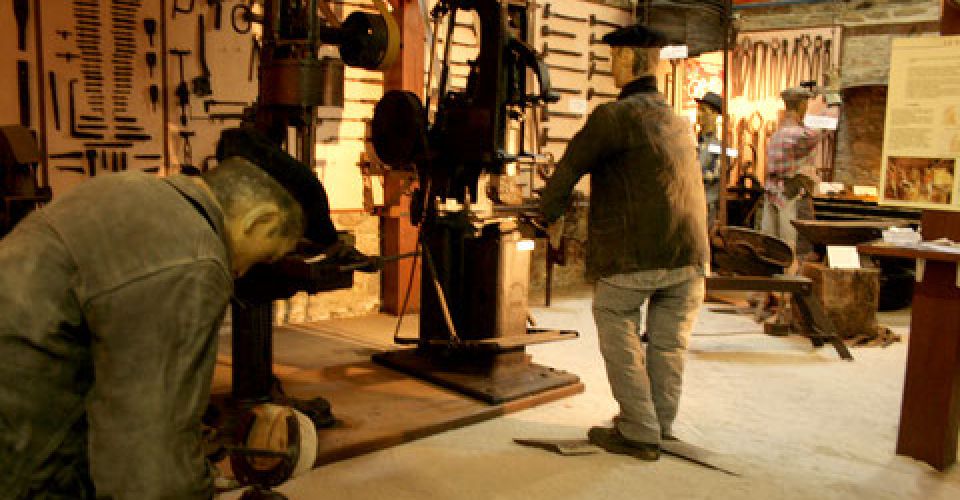
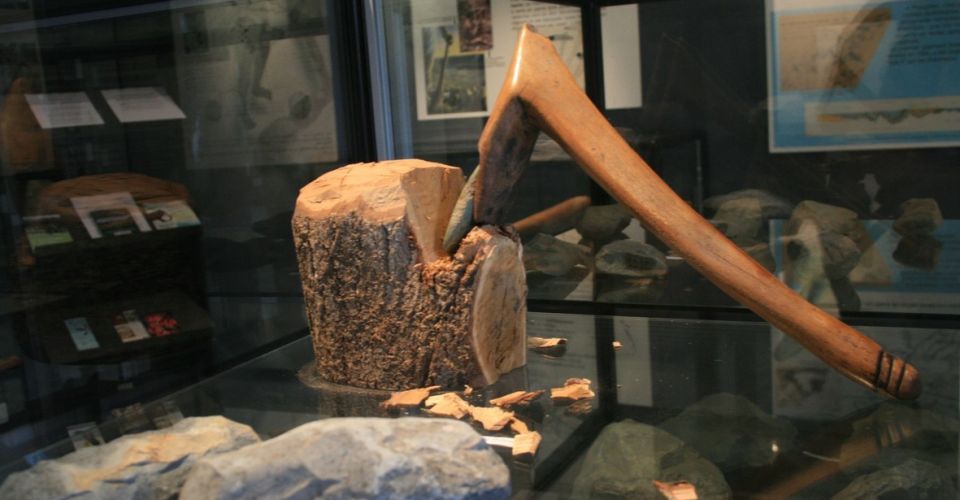
House of Archaeology
Plussulien
The Maison de l'archéologie presents and offers visitors the different methods of polishing and shaping through a decoration and different objects from the excavations on the Quelfénec site.
The museum also explains that the manufacture of the various axes that were extracted from the site boosted trade. Indeed, some of the axes were found as far away as Belgium, Germany and, more surprisingly, the south of England.
Moulin de Guette-es-Lièvres
Plouguenast
This water mill, which had the particularity of having two wheels, was located on the banks of the Lié and was used to grind grain. Today, traditional bread-making courses are organised here. After this course, go and see the mills of the Lié.
